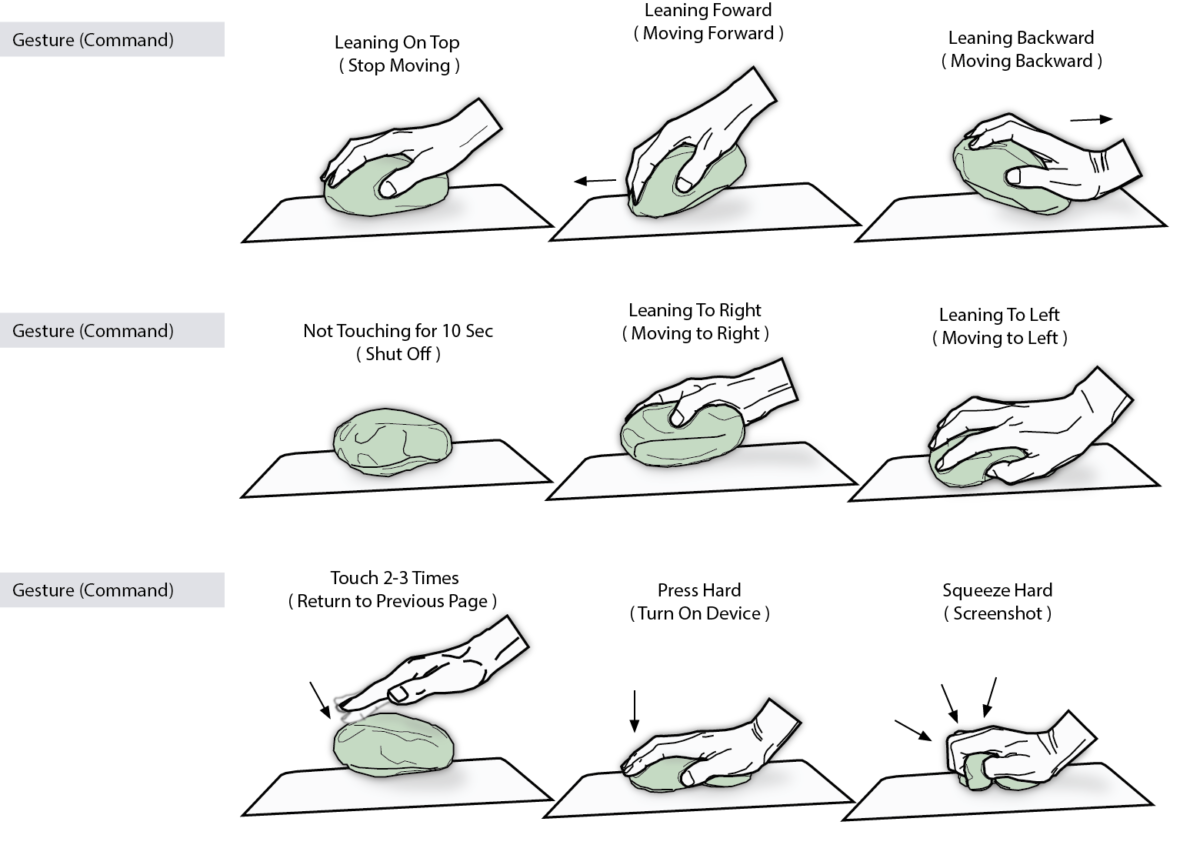
The Grand Challenge is an interdisciplinary project between the CERN, the European Laboratory for Particle Physics, and the Royal College of Art that offers MA students a unique opportunity to work collaboratively with other disciplines of the School of Design and with a community of scientists working at CERN. Along four weeks we worked in interdisciplinary teams to design solutions to a series of different global issues, such as Health & Wellbeing; Digital Disruption; Energy, Infrastructure and the Environment; and Social and Economic Disparity.
Our group worked on the issue of Digital Disruption and specifically about the effects of addictive smartphone use before going to sleep. For example, the blue light emitted by the screen interferes with the secretion of the sleep inducing hormone melatonin; also, the mental effort of sending an email or checking social networks just before sleeping makes it difficult for our brain to relax. Despite being a short and academic project, the merging of the interaction with other students and the mix of ideas and approaches was an authentic and rewarding learning experience that provides you with useful tips and insights about the importance of working in multidisciplinary teams.

SmartSleep helps users to reduce and overcome their smartphone addiction by recovering the experience and the pleasure of good sleeping. SmartSleep is an integrated and magic dock to calm the smartphone addiction in bed.
SmartSleep equipment is made up of two parts
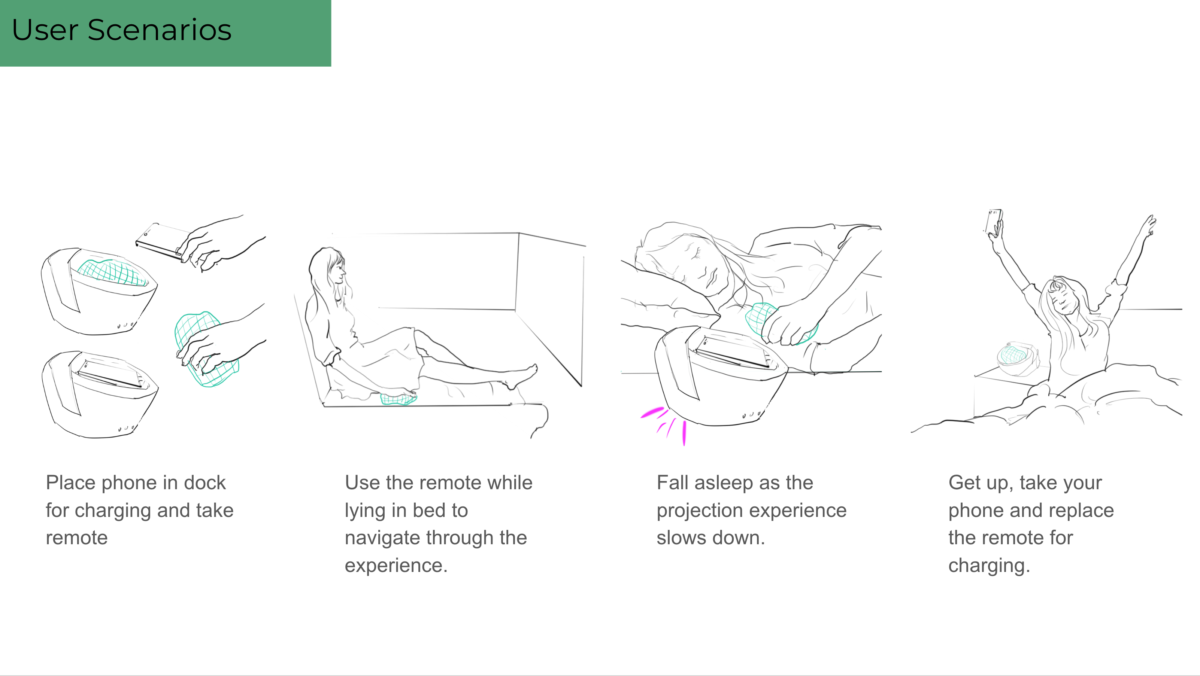
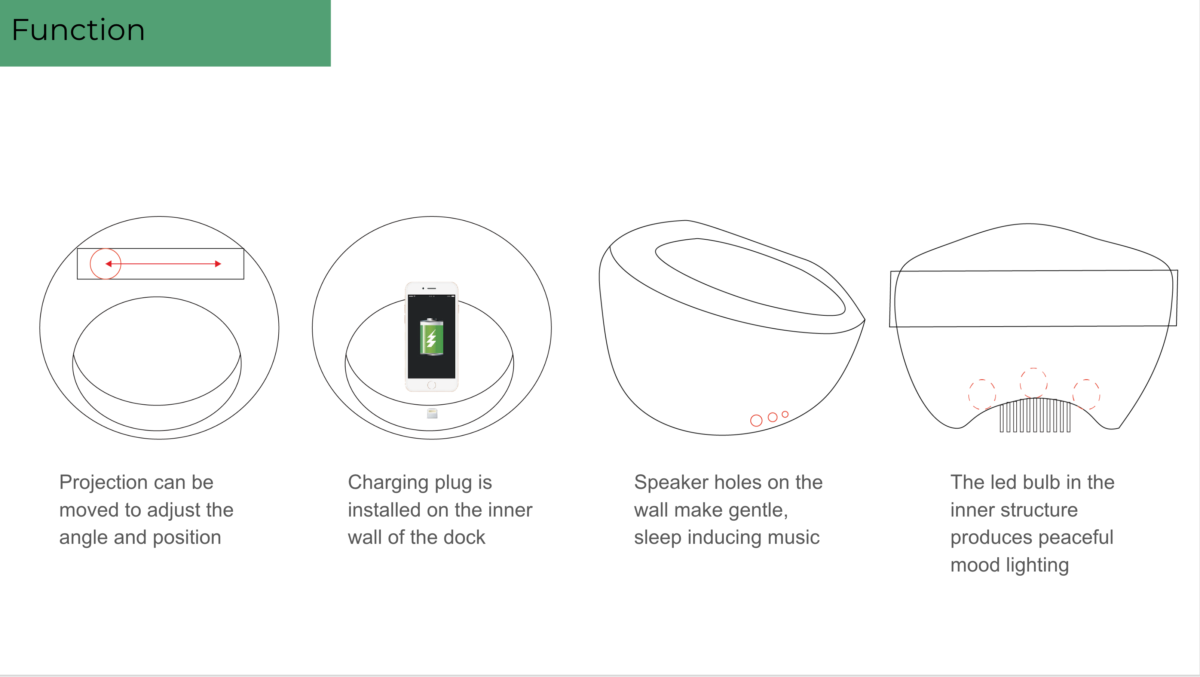
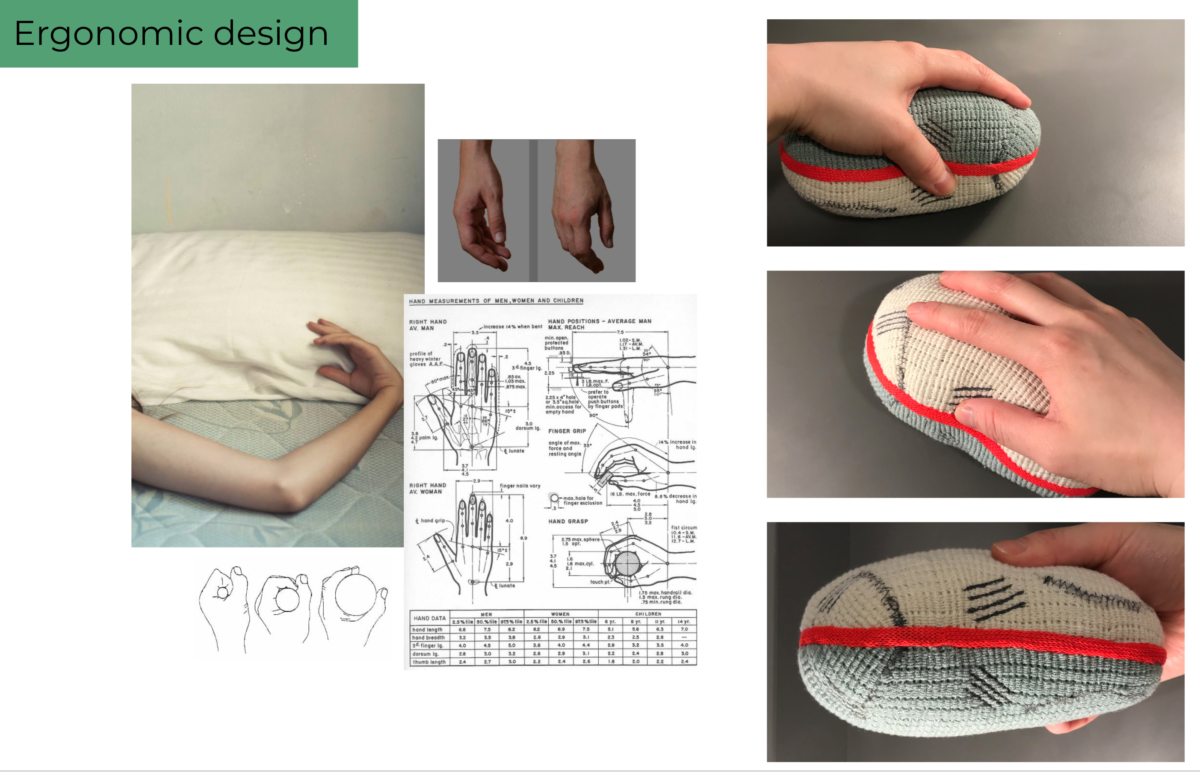
SmartSleep was developed over the course of four weeks, starting by identifying some of the underlying causes of Digital Addiction, then exploring some of the technologies available in the market, and after that, experimenting through prototypes. We looked first at statistics and health effects caused to 58% of smartphone users who suffer from addiction before going to bed. Secondly, and through a survey to 48 participants, we understand that the majority of people exhibit a pattern of behaviour with their phone at night. Their phone usage begins with a rise of excitement due to the opportunity to switch off from the day, but we discovered that the usage lasts longer than the user initially hoped for and they end up late night scrolling through hundreds of videos, photos and posts.
We came up with different concepts of how to provide an experience that gives people what they initially want from that time on their phone, but without wasting hours staring at a tiny screen doing something they don’t really want to do. We designed different physical mock ups and made several Arduino sensors, and our ideas were tested among colleges, through peer to peer reviews and in constructive tutorials.
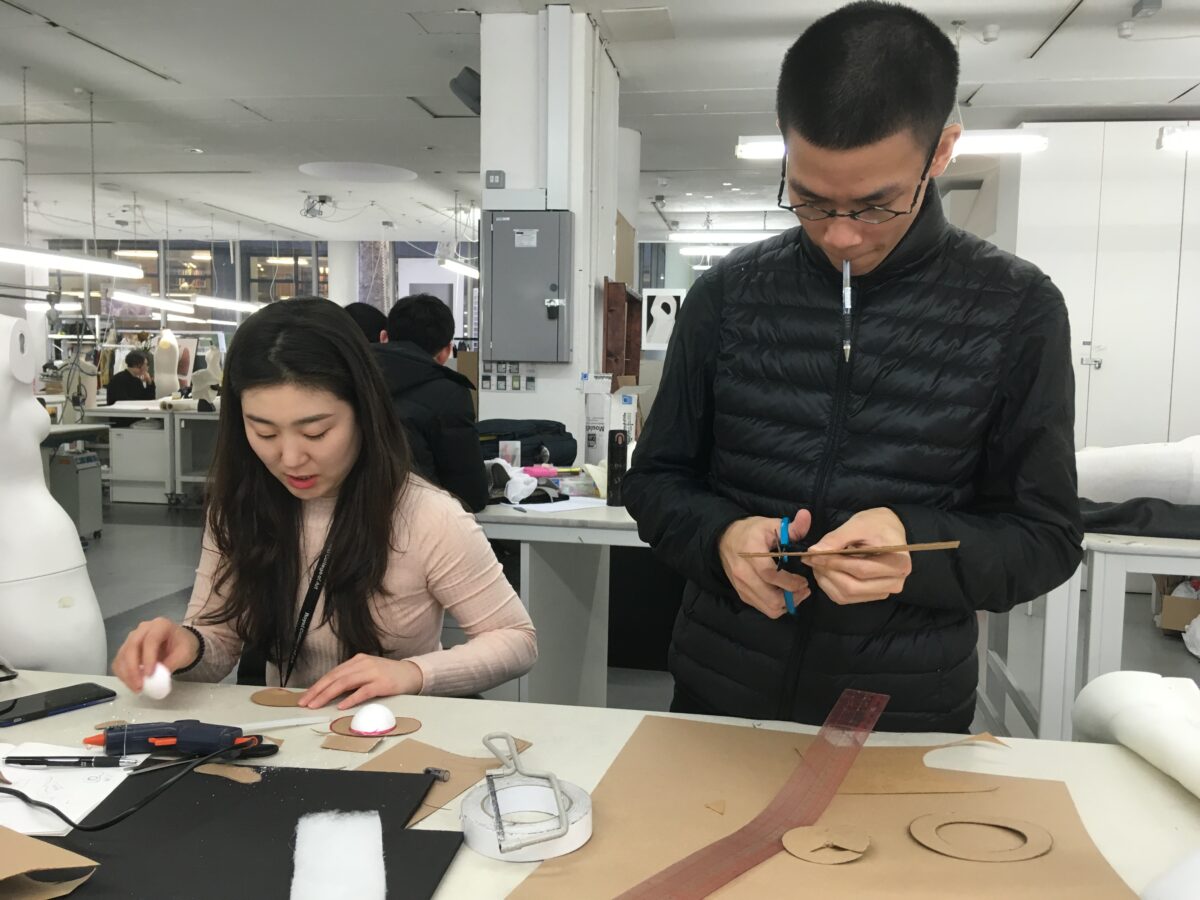
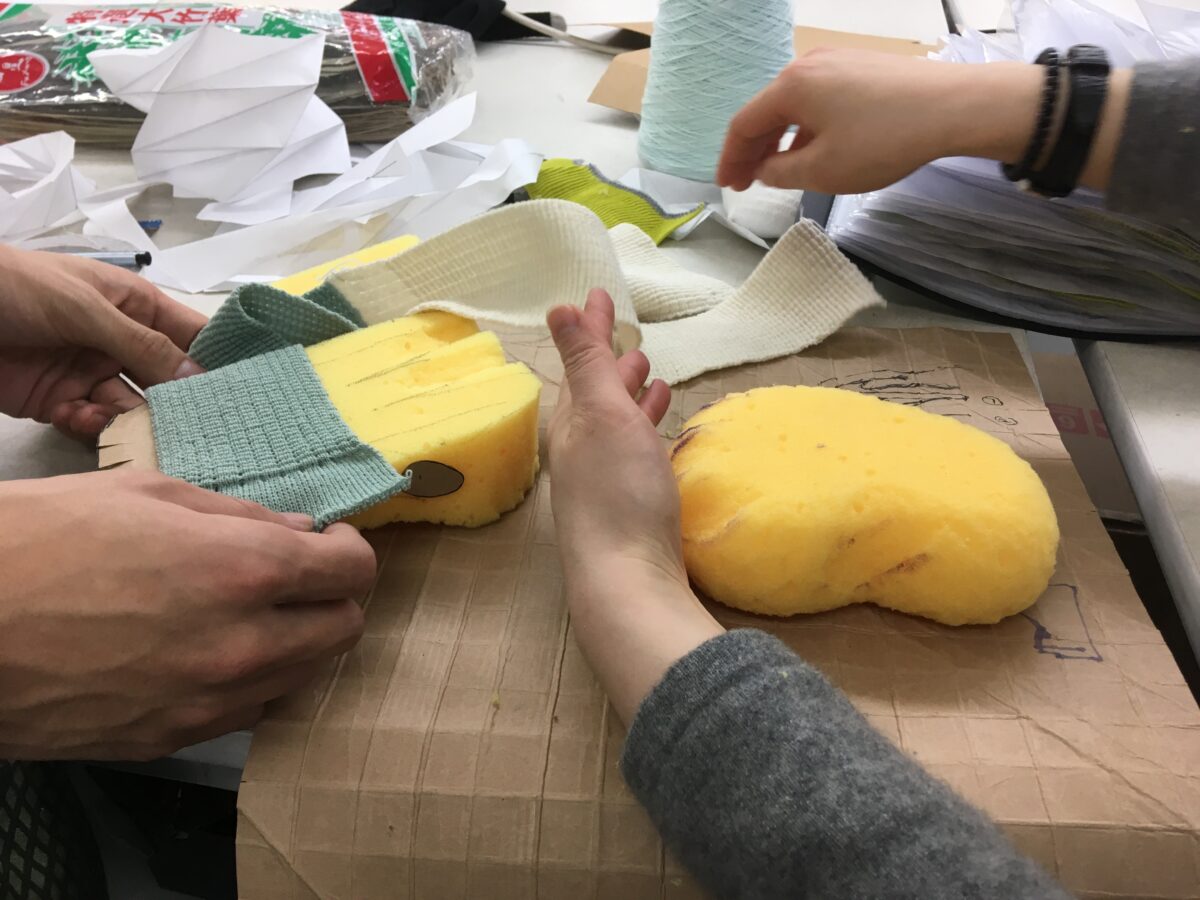
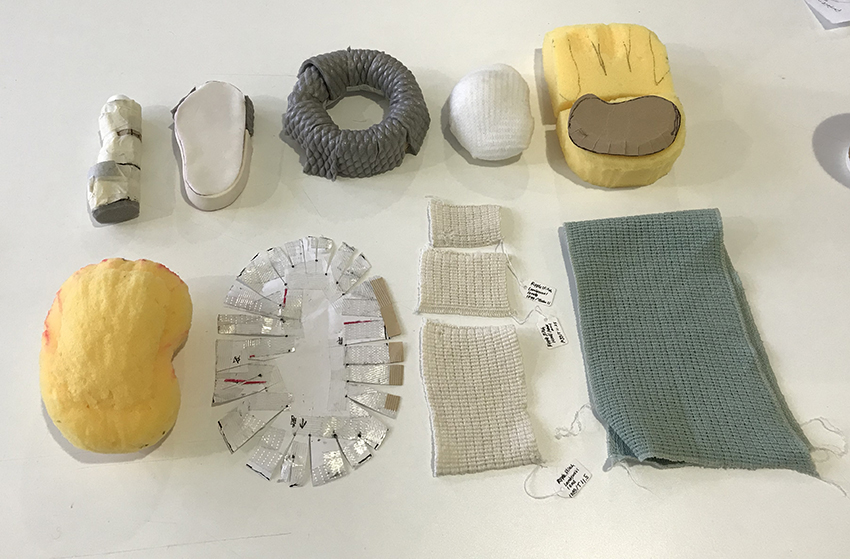
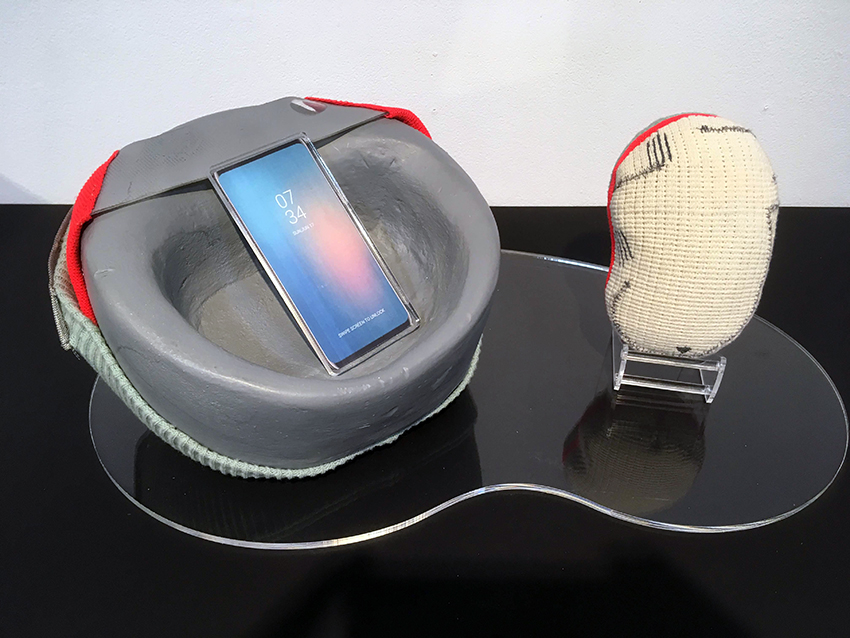
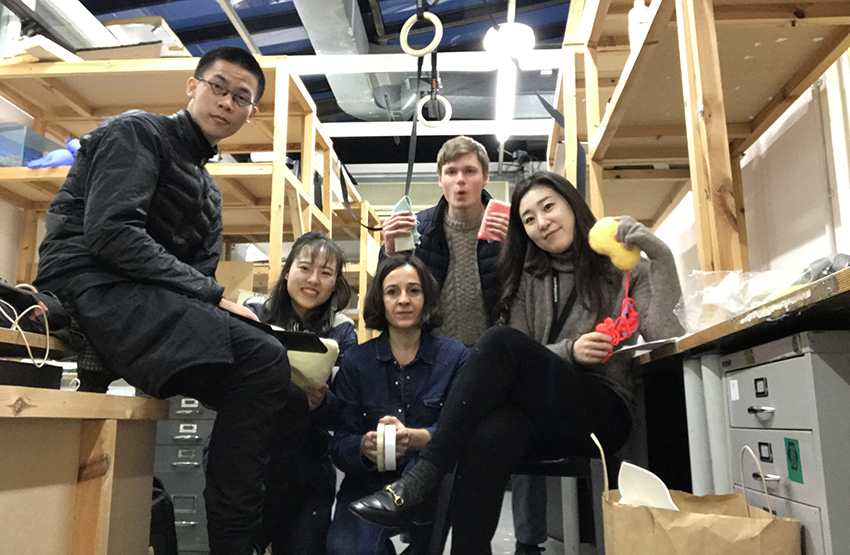
Client: CERN (European Laboratory for Particle Physics) and RCA School of Design
Team: Harry Barber (Innovation Design Engineering), Man Loy Chan (Fashion), Seunghyae Tak (Textiles), Xianrong Chen (Product Design)
Date: December 2018 – January 2019
My Role: Service Designer | Researcher
Key Methods: Storyboard. Online questionnaires. Experience Prototyping.